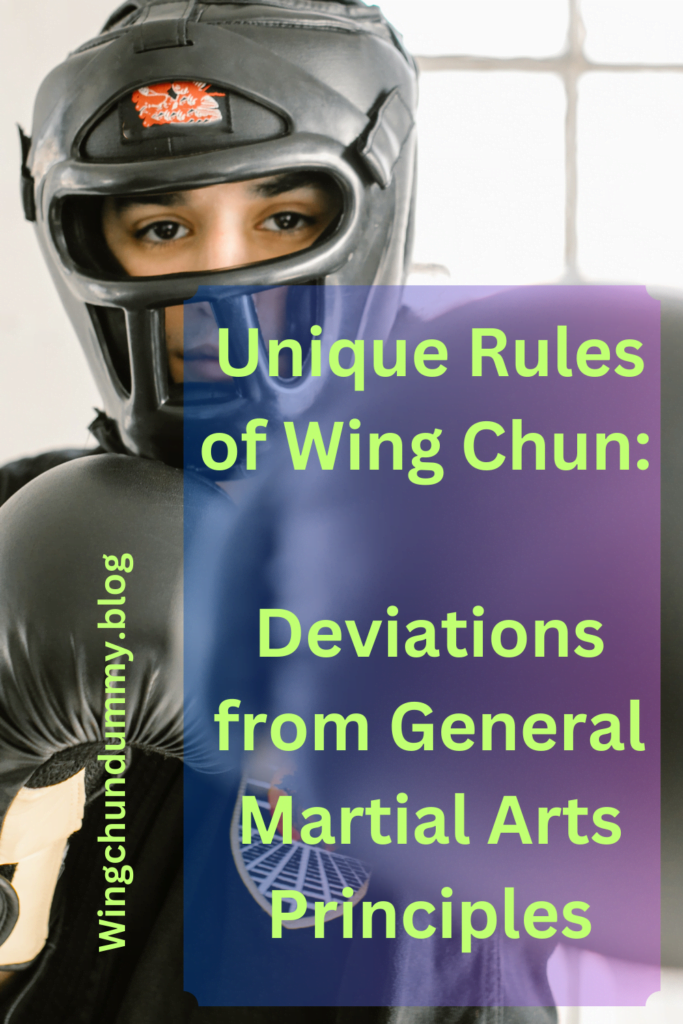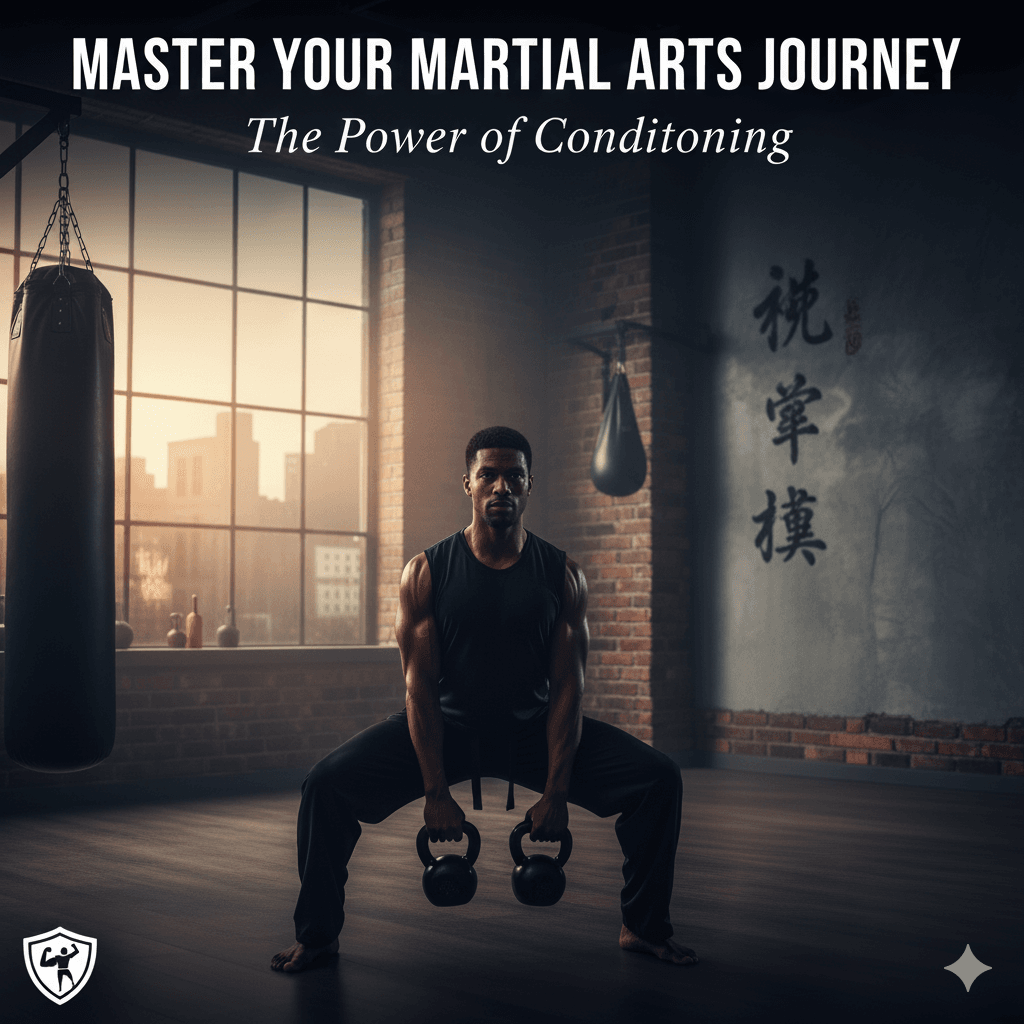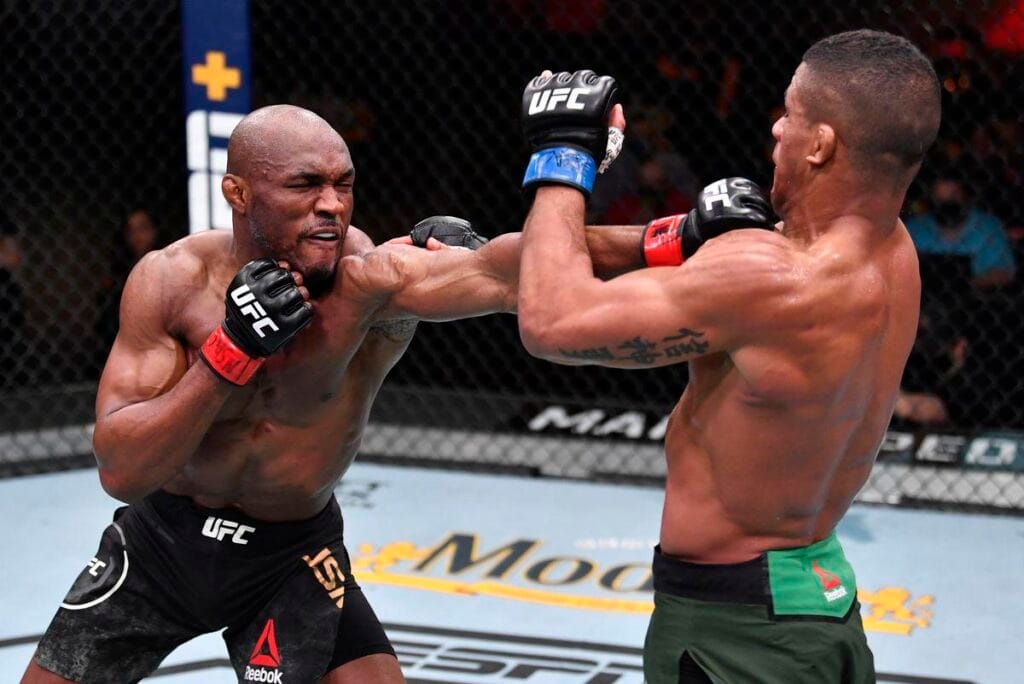Wing Chun is a distinctive form of martial arts that has gained significant recognition, partly due to its association with the legendary Bruce Lee.
Rooted in Southern China, Wing Chun’s development can be traced back to the 17th century during the Qing Dynasty.
It was during this period that the martial art was refined and passed down through generations, eventually finding its way to the modern era.
One of the most unique aspects of Wing Chun is its emphasis on simplicity, efficiency, and directness.
Unlike many other martial arts that focus on elaborate movements and complex techniques, Wing Chun prioritizes straightforward actions designed to neutralize an opponent swiftly and effectively.
This approach is deeply embedded in its foundational principles, which include economy of movement, centerline theory, and simultaneous attack and defense.
Bruce Lee’s association with Wing Chun further underscores its significance in the martial arts world.
Under the tutelage of Ip Man, a renowned Wing Chun master, Bruce Lee honed his skills and later integrated Wing Chun principles into his own martial art philosophy, Jeet Kune Do.
This cross-pollination of ideas showcases the adaptability and enduring relevance of Wing Chun.
Moreover, Wing Chun’s development in Southern China has given it a unique cultural context that distinguishes it from other martial arts.
The socio-political environment of the time shaped its strategies and techniques.
Making it a martial art that is not only effective but also rich in historical and cultural significance.
As we delve deeper into the unique rules of Wing Chun, it becomes evident how its principles deviate from the general martial arts norms.
This deviation is not merely in technique but also in philosophy and application, setting Wing Chun apart as a truly unique martial art form.
The Principle of Centerline in Wing Chun
In the realm of Wing Chun, the principle of the centerline stands as a cornerstone of the martial art’s philosophy and technique.

Unlike many other martial arts that may emphasize aspects such as fluid movements, optimal distance, or leveraging various parts of the body, Wing Chun prioritizes the domination of the centerline.
This principle is pivotal for both defense and offense, allowing practitioners to maintain control over the most direct path to their opponent.
The centerline theory in Wing Chun posits that an imaginary line runs vertically down the middle of the body, extending from the top of the head to the groin.
This line marks the most vulnerable areas of the body, including the throat, heart, and abdomen.
By controlling this line, Wing Chun practitioners can protect themselves from attacks while simultaneously positioning themselves for effective strikes.
The objective is to keep one’s own centerline protected while targeting the opponent’s centerline, thereby creating a strategic advantage.
Wing ChunWing Chun VS General Martial Arts
In practice, Wing Chun’s centerline principle translates into a series of techniques that prioritize direct, efficient movements.
Techniques such as the straight punch, or “Chain Punch,” are designed to travel along the centerline, reducing the time and space needed to reach the target.
Additionally, defensive maneuvers like the “Tan Sau” or “Bong Sau” are executed with the intention of deflecting attacks away from one’s centerline while maintaining balance and readiness for a counterattack.
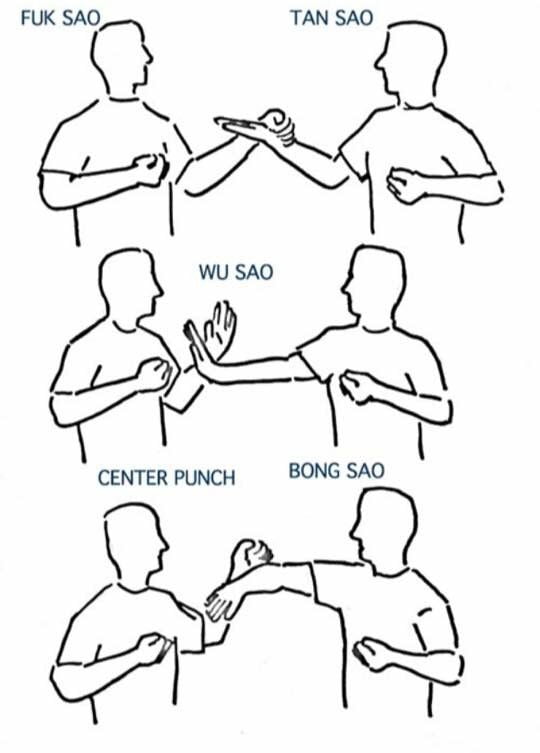
When contrasted with other martial arts, the unique emphasis on the centerline becomes even more apparent.
For instance, disciplines like Karate and Taekwondo often stress powerful, broad movements and the use of kicks to maintain distance from an opponent.
Brazilian Jiu-Jitsu focuses on grappling techniques that leverage ground control and submission holds.
While these arts may incorporate elements of centerline control, it is not as singularly central to their methodologies as it is in Wing Chun.
Overall, the principle of centerline in Wing Chun underscores a distinctive approach to martial arts, where directness, efficiency, and strategic positioning converge to form a robust defensive and offensive framework.
This unique focus sets Wing Chun apart, illustrating its deviation from more generalized martial arts principles and highlighting its specialized techniques.
Economy of Motion
The principle of economy of motion is a cornerstone of Wing Chun, distinguishing it from many other martial arts practices.
This concept emphasizes using the shortest and most direct path to achieve a target, contrasting sharply with styles that employ more circular or elaborate techniques.
The efficiency embedded within this principle is not only about conserving energy.
But also about maximizing the effectiveness of each movement, making Wing Chun a unique and practical martial art.

In many traditional martial arts, techniques often involve wide,
Sweeping movements that are visually impressive but can be less efficient in real combat scenarios.
Wing Chun VS General Martial Arts
Karate, for instance, often utilizes large circular motions in its blocks and strikes.
Similarly, Taekwondo is known for its high, spinning kicks.
That, while powerful, require more time and energy to execute.
Wing Chun, however, strips away these excesses, focusing instead on minimalistic.
Linear movements that deliver maximum impact with minimal effort.
One of the most illustrative examples of the economy of motion in Wing Chun is the straight punch, or “chain punch.”
Unlike a traditional boxing punch that might come from the side with a longer wind-up.
The Wing Chun straight punch travels directly from the practitioner’s centerline to the target.
This not only shortens the distance the punch travels but also aligns it with the body’s natural structure.
Making it faster and harder to defend against.
Another key application of this principle is found in Wing Chun’s blocking techniques.
Rather than parrying an attack with a big, sweeping motion, Wing Chun practitioners use small.
Precise deflections that redirect the opponent’s force with minimal movement.
Techniques like the “pak sao” (slapping hand) or “tan sao” (palm-up hand) are executed with just enough movement to deflect an incoming strike, allowing for an immediate counterattack.
Training in Wing Chun continually reinforces the importance of economy of motion.
Drills such as “chi sao” (sticky hands) are designed to sensitize practitioners to close-range combat.
Teaching them to respond to an opponent’s movements with the least amount of effort and the greatest efficiency.
By focusing on directness and simplicity.
Wing Chun practitioners learn to neutralize threats swiftly and effectively, embodying the essence of economy of motion.
Simultaneous Attack and Defense
One of the defining characteristics of Wing Chun is its unique principle of simultaneous attack and defense.
Unlike many other martial arts, which often separate offensive and defensive actions.
Wing Chun emphasizes the importance of executing both in one seamless motion.
This integrated approach not only enhances efficiency but also maximizes effectiveness in combat scenarios.
In Wing Chun, techniques are meticulously designed to accomplish both blocking and striking in a single, fluid movement.
This principle is vividly illustrated through techniques such as ‘Pak Sau’ and ‘Lap Sau’. ‘Pak Sau’,.
Or the slapping hand, is a technique used to deflect an opponent’s attack while simultaneously creating an opening for a counter-attack.
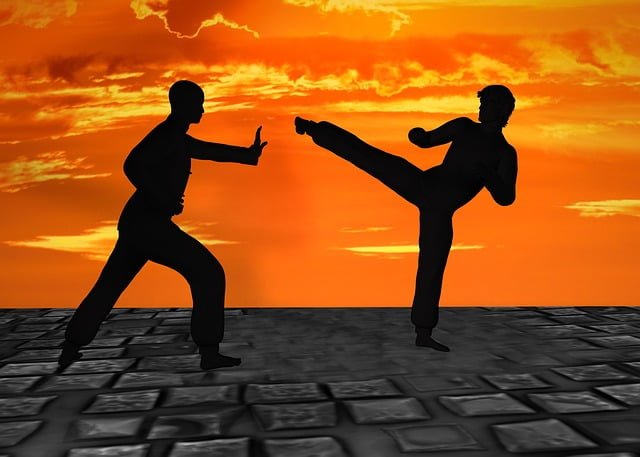
By redirecting the force of the incoming strike, the practitioner is able to maintain forward pressure and deliver a counter-strike in the same motion.
Wing Chun VS General Martial Arts
Similarly, ‘Lap Sau’, or the grabbing hand, exemplifies the blend of offense and defense.
This technique involves seizing the opponent’s arm to control their movement while delivering a simultaneous strike.
The practitioner uses the opponent’s momentum against them, ensuring that the defense transitions smoothly into an offensive move.
This not only disrupts the opponent’s balance but also leaves them vulnerable to subsequent attacks.
These techniques underscore Wing Chun’s commitment to efficiency.
By merging attack and defense into one cohesive action, practitioners can conserve energy and maintain a continuous flow of motion.
This is crucial in real-world combat situations where hesitation or separate actions could result in vulnerabilities.
The philosophy behind simultaneous attack and defense in Wing Chun is deeply rooted in the art’s emphasis on economy of motion and directness.
This approach challenges the conventional sequential thinking found in other martial arts, advocating instead for a more integrated and strategic method of engagement.
Consequently, this principle not only sets Wing Chun apart but also highlights its practical applicability in self-defense scenarios.
Stance and Footwork
Wing Chun distinguishes itself through its distinctive stance and footwork, primarily embodied in the ‘Yee Jee Kim Yeung Ma’ stance.
This stance is fundamental to the art, emphasizing stability and rootedness.
In the ‘Yee Jee Kim Yeung Ma’ stance, the practitioner adopts a slightly pigeon-toed position with knees bent inward, creating a triangle-like structure.
This unique configuration provides a solid base, enhancing balance and allowing practitioners to effectively absorb and redirect force.
The feet are positioned shoulder-width apart.
Contributing to a stable and grounded posture crucial for close-quarters combat.

Contrastingly, other martial arts often prioritize mobility and agility in their footwork.
For instance, disciplines like boxing and kickboxing emphasize bouncing on the balls of the feet to facilitate swift movements and rapid directional changes.
Karate and Taekwondo incorporate varied stances, such as the deep ‘Zenkutsu-dachi’ or the wide ‘Kiba-dachi,’ designed for both stability and mobility, depending on the technique being executed.
These stances typically support a more dynamic range of motion, allowing practitioners to engage and disengage with their opponents fluidly.
The deliberate emphasis on rootedness in Wing Chun’s stance is a direct reflection of its close-quarters combat philosophy.
Since Wing Chun techniques are designed to be executed at close range, maintaining a stable and unyielding base is critical.
The stance not only aids in delivering powerful strikes but also in effectively neutralizing incoming attacks by grounding the practitioner.
This approach contrasts with martial arts that engage at a longer distance.
Where mobility and the ability to retreat or advance swiftly are more advantageous.
Ultimately, Wing Chun’s stance and footwork underline its strategic focus on economy of motion and efficiency.
The ‘Yee Jee Kim Yeung Ma’ stance exemplifies the art’s commitment to maintaining a strong.
Balanced position, enabling practitioners to dominate in close-quarters engagements where every movement counts.
Use of Sensitivity Training (Chi Sao)
Wing Chun, a traditional Chinese martial art, distinguishes itself through its unique emphasis on sensitivity training.
Specifically through the practice known as Chi Sao, or “Sticky Hands.”
Unlike many other martial arts that predominantly rely on visual or auditory cues for combat strategies.
Wing Chun prioritizes the sense of touch to enhance a practitioner’s reflexes and responsiveness.
Chi Sao training involves two practitioners maintaining continuous contact with each other’s arms while performing various movements and techniques.
This constant tactile connection fosters an acute awareness of the opponent’s intentions and movements.
Enabling rapid, instinctive reactions that are crucial in close-combat situations.
Wing Chun VS General Martial Arts
The primary goal of Chi Sao is to develop a heightened sense of touch and kinesthetic awareness.
Allowing practitioners to “feel” an attack before it fully manifests.
This is achieved through a series of drills that train the practitioner to maintain relaxed arms and a sensitive, responsive touch.

This method of training builds not only physical reflexes but also mental acuity, as the practitioner learns to anticipate and counter the opponent’s moves almost instinctively.
The subtlety and finesse required in Chi Sao can often be more challenging than traditional sparring.
As it demands a deep understanding of the body’s mechanics and energy flow.
In contrast, other martial arts often prioritize visual and auditory stimuli in their training regimes.
For example, disciplines like Karate or Taekwondo emphasize the importance of watching an opponent’s stance, eyes, and movements to predict their next action.
Hearing the sound of a footstep or the rustle of a uniform can also provide critical cues in these martial arts.
While these methods are effective, they can be limited in close-quarters combat where visibility is restricted and rapid, subtle movements are the norm.
Chi Sao thus offers a distinct advantage by training practitioners to rely on their tactile sense.
Which remains accessible even in the most confined and chaotic scenarios.
This unique aspect of Wing Chun not only sets it apart from other martial arts but also underscores the importance of adaptability and sensitivity in effective self-defense.
Minimal Use of Kicks
Wing Chun’s approach to kicking is fundamentally different from other martial arts such as Taekwondo or Muay Thai, which emphasize high and powerful kicks.
In Wing Chun, the use of kicks is minimalistic, focusing primarily on low and efficient kicks.
These low kicks are strategically aimed at disrupting the opponent’s balance rather than inflicting maximum damage.
This methodology underscores Wing Chun’s philosophy of economy of motion and directness.
One of the key principles of Wing Chun is to maintain stability and a strong stance.
By utilizing low kicks, practitioners can keep their center of gravity low and stable, reducing the risk of being thrown off balance.
This is particularly crucial during close-range combat.
Where maintaining a solid foundation is essential for executing techniques effectively.
In contrast, high kicks, as seen in Taekwondo, while powerful and visually impressive.
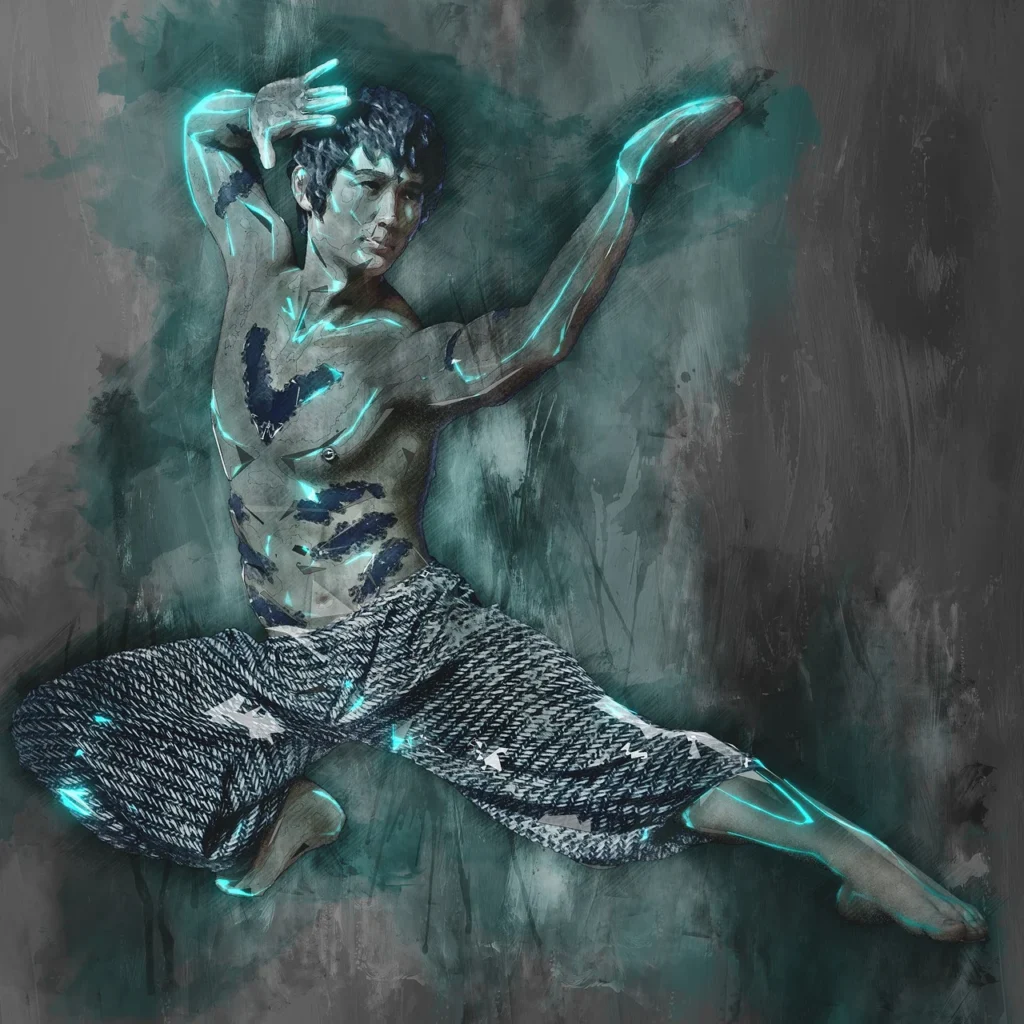
Can leave the kicker vulnerable to counter-attacks and destabilization.
Another strategic element of Wing Chun’s minimal use of kicks is the emphasis on speed and efficiency.
Wing Chun kicks, such as the front kick (Jut Gerk) and the sidekick (Bong Gerk).
These are designed to be quick and direct, targeting the opponent’s legs or groin.
These targets are chosen to immediately disturb the opponent’s structure and stance.
Providing an opening for follow-up strikes or maneuvers.
This contrasts with the high, flamboyant kicks of Muay Thai.
Which, although powerful, require more setup time and energy.
Additionally, Wing Chun’s kicks are often integrated seamlessly with hand techniques, creating a fluid and cohesive combat system.
This integration allows practitioners to switch between upper and lower body attacks effortlessly.
Maintaining constant pressure on the opponent.
The minimalistic and strategic use of kicks in Wing Chun demonstrates its unique approach to martial arts.
Where efficiency, stability, and practicality take precedence over sheer power and spectacle.
Philosophical and Practical Implications
Wing Chun stands out among martial arts due to its unique philosophical and practical approaches.
Which are deeply intertwined with its rules and techniques.
At its core, Wing Chun emphasizes practicality and efficiency, designed for real-world self-defense scenarios.
This approach is reflected in its principle of economy of motion, which advocates for minimalistic.
Direct movements that conserve energy and maximize impact.
The singular focus on swift, decisive actions ensures that practitioners can respond effectively under pressure.

A philosophy that diverges significantly from the more elaborate techniques found in other martial arts.
Philosophically, Wing Chun is grounded in the concept of simplicity and directness.
Its foundational belief is that the shortest distance between two points is a straight line.
A principle that guides both its offensive and defensive strategies.
This contrasts with martial arts like Karate or Taekwondo, which often incorporate more intricate.
Circular movements and a broader range of techniques.
The emphasis on straightforwardness in Wing Chun reflects its practical orientation towards real combat, where complexity can be a liability.
In comparing Wing Chun to other martial arts, one can observe a distinct difference in training methodologies.
Wing Chun VS General Martial Arts
Traditional martial arts may focus heavily on forms and kata.
Which are sequences of movements practiced to perfection.
While Wing Chun does include forms, the emphasis is on Chi Sao (sticky hands) exercises that develop sensitivity and reflexes.
These exercises are not merely for show; they cultivate an intuitive understanding of an opponent’s intentions and movements.
Fostering a practical skill set that is immediately applicable in self-defense situations.
Furthermore, the philosophical underpinnings of Wing Chun align closely with its practical applications.
The art’s focus on centerline theory, which prioritizes protecting one’s central axis while attacking the opponent’s.
Highlights both its defensive and offensive capabilities.
This dual emphasis ensures that practitioners are always ready to adapt, defend.
And counter-attack in a fluid, dynamic manner.
By integrating these principles, Wing Chun offers a cohesive framework that is both philosophically rich and practically invaluable.
Setting it apart from more traditional martial arts disciplines.
Let’s us know about your thoughts on Wing Chun VS General Martial Arts.

